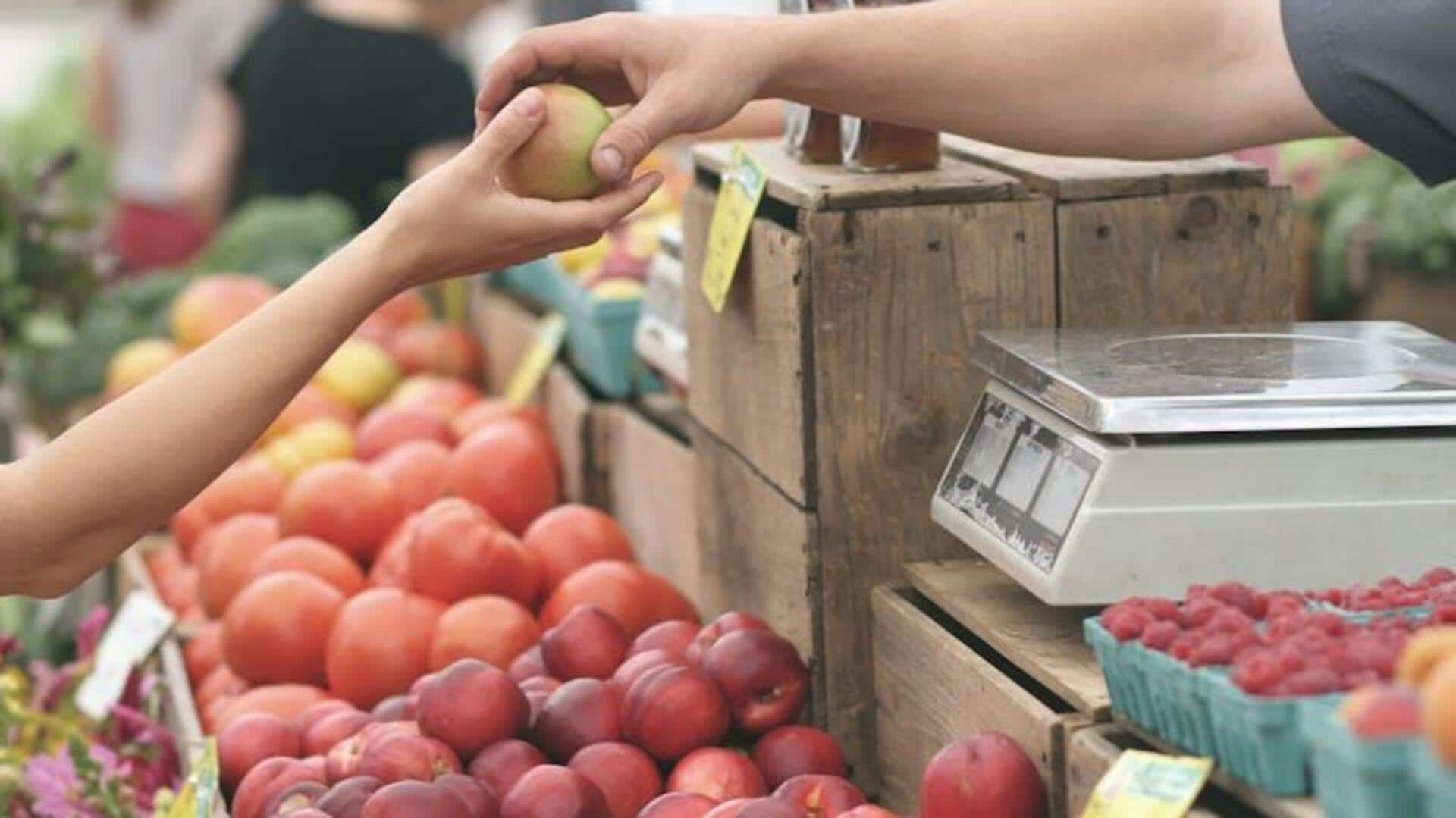
Planning a successful local farmers market day
What's the story
Planning a local farmers market day is a fun and rewarding way to foster community spirit, promote sustainable agriculture, and offer people the opportunity to buy fresh, locally-grown produce and goods. This article provides a step-by-step guide on how to plan a farmers market day. It offers practical suggestions and easy-to-follow advice to help you create a vibrant and successful market day experience.
Location
Securing the right location
Selecting the right location is key to the success of your farmers market. Choose a location that is easily accessible by public transportation and offers plenty of parking. Local parks, community centers, or school grounds can make excellent venues. The chosen location should also be spacious enough to comfortably accommodate all vendors while providing ample room for shoppers to move around.
Vendors
Gathering local vendors
The backbone of any farmers market is its vendors. Contact local farmers, artisans, and food producers as early as possible in your planning process. Strive for a vibrant mix of stalls offering fresh fruits and vegetables, baked goods, handmade crafts, and more. Make sure all vendors understand any required permits or regulations they need to follow.
Promotion
Marketing your event
Strong promotion is essential for driving footfall to your farmers market. Leverage social media networks like Facebook and Instagram to generate excitement about your event. Posters in community centers, libraries, and local businesses are also effective for raising awareness. Collaborating with local influencers or bloggers can also be beneficial. They can help advertise the event in return for complimentary booth space or other incentives.
Operations
Ensuring smooth operations on market day
On the day of the event, a well-organized plan of action is crucial. Establish a central info booth where attendees can find maps of the market layout and a list of vendors. Deploy volunteers to help with setup, cleanup, and answer questions. Make sure you have a plan B ready for bad weather or other unexpected situations.
Engagement
Fostering community engagement
A thriving farmers market isn't just a place for transactions; it's a hub for community connections. By planning activities that foster interaction among attendees, you can create a vibrant market atmosphere. Consider live music performances, cooking demonstrations featuring products from the market, or workshops on sustainable living practices. Such initiatives not only improve visitor experience but also encourage return visits.